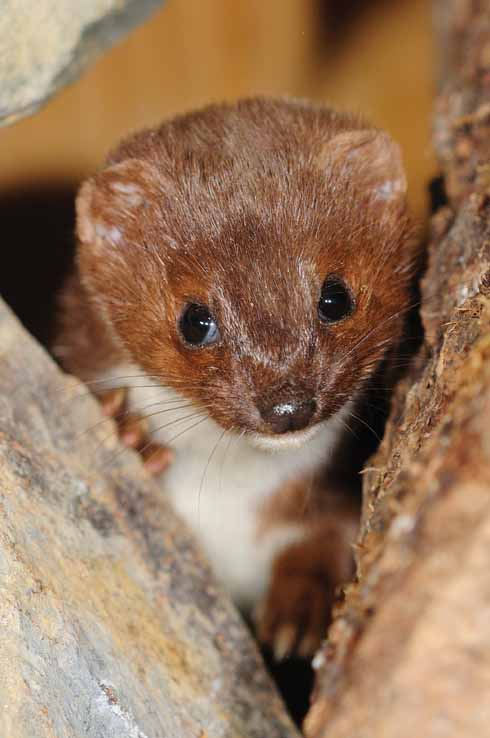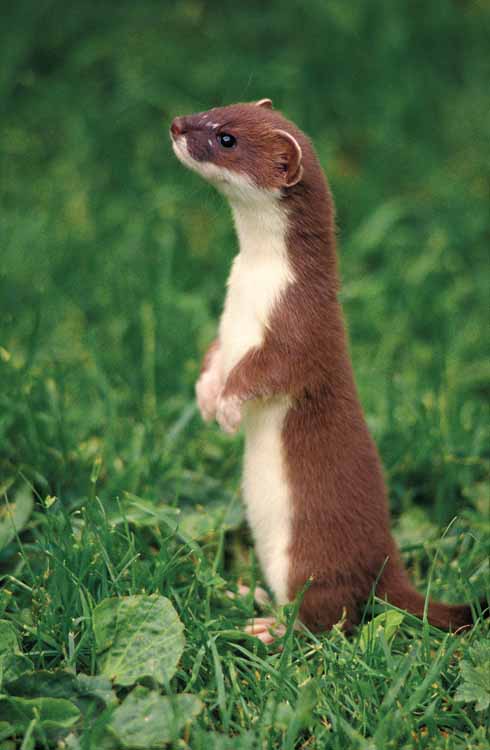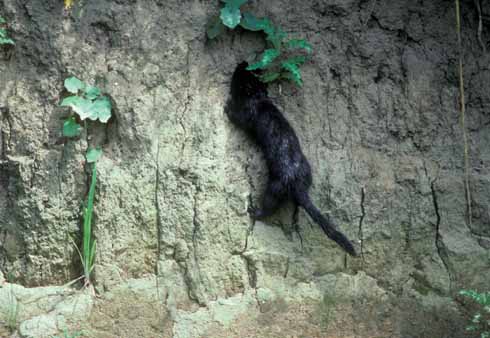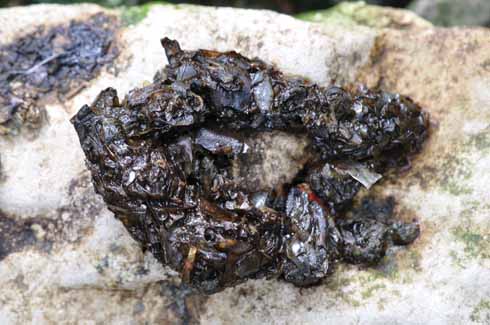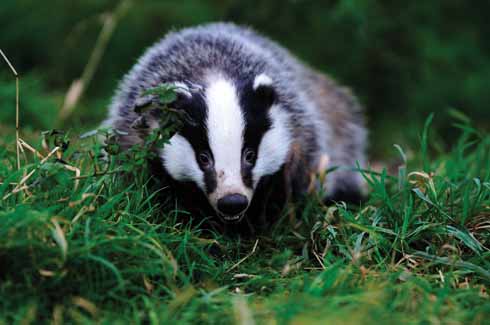Dorset’s mammals: part two – Predators and scavengers
In the second of his series on Dorset’s mammals, Colin Varndell looks at the county’s predators and scavengers
Published in August ’15

A clean-up of rivers, together with a ban on hunting has given the otter’s population the chance to recover
Many of the native mammalian predators which once roamed this land have been persecuted to extinction by humankind. The fact that mammalian predators kill other life forms has made them controversial to many of us. Some are still hunted relentlessly by shooters or with dogs, snares and even poisons. In the past, many of the beliefs about certain predators were handed down through the generations as little more than folklore. However, today with modern, scientific research techniques we can be much more accurate in assessing the behaviour of predatory wild mammals.
The weasel is the smallest mammalian predator found in Dorset. Its long slim body enables it to follow its prey of mice and voles into their tunnels and runs. Weasels can be distinguished from stoats in a number of ways. Firstly by their smaller size, although a male weasel may be very similar in size to a female stoat. Stoats have a black tip to their tail which is absent in the weasel. The demarcation line between the weasel’s upper chestnut fur and the light cream fur on the belly is irregular, best remembered as wavy, for weasel. The demarcation between the upper and under fur of a stoat on the other hand is more regular or straight, for stoat. The weasel is purely carnivorous, specialising in small mammals, but will also take young rabbits and birds. It is readily attracted to rat colonies where it will prey upon young rats.
The male stoat tends to hunt for rabbits and hares and is therefore attracted to large rabbit colonies where there can be easy pickings. The stoat is known to sometimes ‘charm’ its prey by leaping up and down, rolling over and chasing its own tail. All the time getting closer to its potential victim which is gripped by curiosity. Stoats and weasels are solitary animals, only meeting up with the opposite sex for mating which takes place in spring or early summer.

After a period where mink numbers rose and rose, the resurgence in the otter population has seen the frequency of mink sightings (and presumably numbers) fall in territories held by otters
The American mink became established in the wild when animals either escaped from fur farms or were deliberately liberated by animal welfare fanatics. This voracious predator caused untold damage to wildlife in the Dorset countryside. It is just as happy killing aquatic wildlife as it is pursuing rabbits or ground nesting birds. Thankfully, the resurgence of the otter seems to be having an adverse effect on the mink populations as the larger otter will not tolerate mink within its territory.
The polecat is the most secretive member of the mustelid family found in Dorset. It was once widespread in southern England, but during the second half of the 20th century it went into a rapid decline. This was thought to be due to human persecution together with the crash of the rabbit population due to the advent of myxomatosis. Rabbit features highly in the polecat’s diet, and being a much larger animal than the stoat, it was unable to adapt to preying upon small rodents in the way that the stoat did. Since the 1990s the polecat has shown significant signs of recovery, no doubt linked to the stabilisation of the rabbit population. It is now often recorded in Dorset, indeed, I watched a family of four young polecats emerge from a badger set in Netherbury last September. The number of road casualty polecats are another strong indicator that this cautious predator has recolonised Dorset.

Once seen, never forgotten, the polecat. The white face, contrasting with the black mask make this a very distinct mammal.
The otter declined during the mid 20th century due to human persecution and poisoning from the accumulation of agricultural pesticides in rivers and streams. However, given protection by law and the clean up of waterways, together with less toxic crop dressings has seen the otter population recover.
The Dorset Mammal Group runs an otter survey twice yearly, and has confirmed evidence of the presence of otters on all of the county’s rivers now.
The badger is the only member of the mustelid family in Dorset that is not a hunter. Its build and shape does not allow it to chase and catch fast moving prey like other mustelids can. With a truly omnivorous diet, the badger really is the archetypical scavenger. Its favourite food is earthworms and other soil invertebrates, but it is just as content feeding on small mammals, carrion, birds, fruit and nuts when in season.
Badgers live in social groups of up to ten animals and spend daylight hours underground in a labyrinth of tunnels and chambers. They have powerful front feet, armed with sharp claws, which they use for digging out their homes and for unearthing food.

The fox can be seen as both scavenger and predator. It is an intelligent opportunist in both scenarios.
The red fox could be labelled scavenger or predator as both apply. In the countryside, the fox is an important predator of small mammals, especially rabbit and brown rat. But like the badger, it will also take carrion, fruit and discarded human foodstuffs. The mating season for the fox is mid winter when the husky bark of vixens echo across the Dorset countryside after dark. Cubs are born during March or April and appear above ground in May. They become independent and disperse by August. ◗
